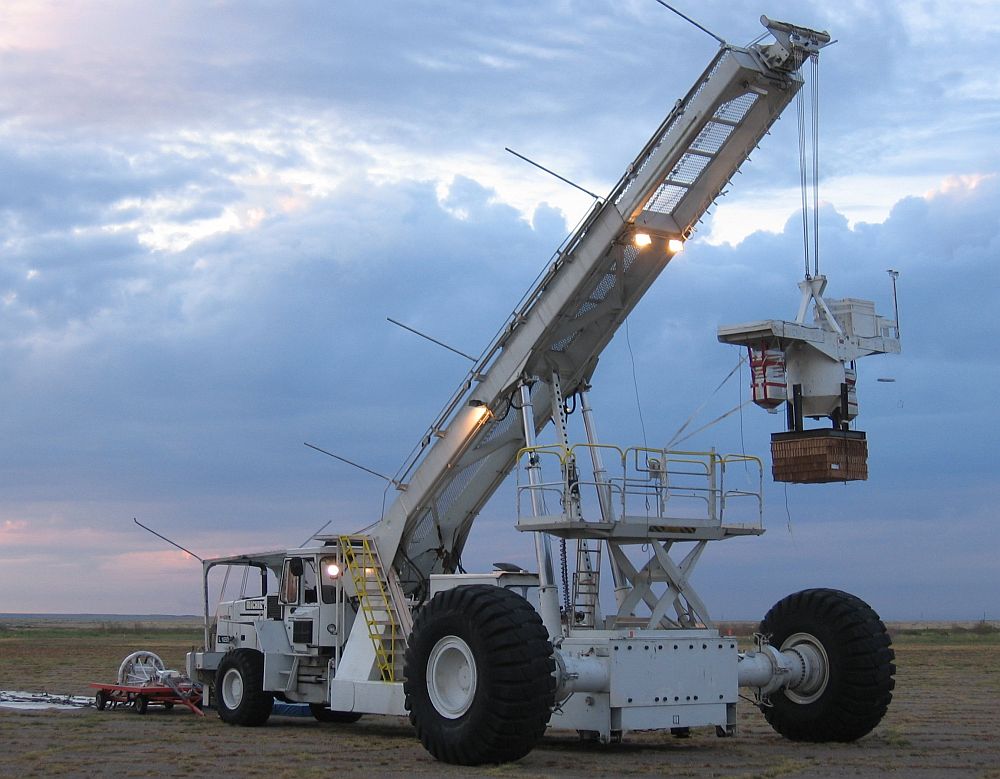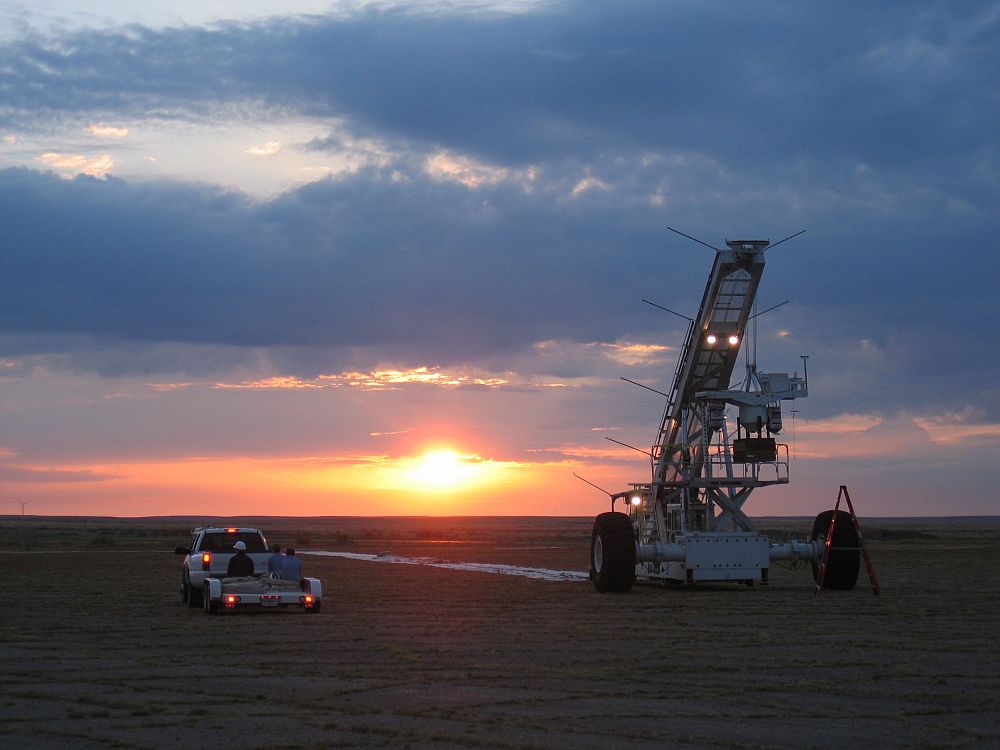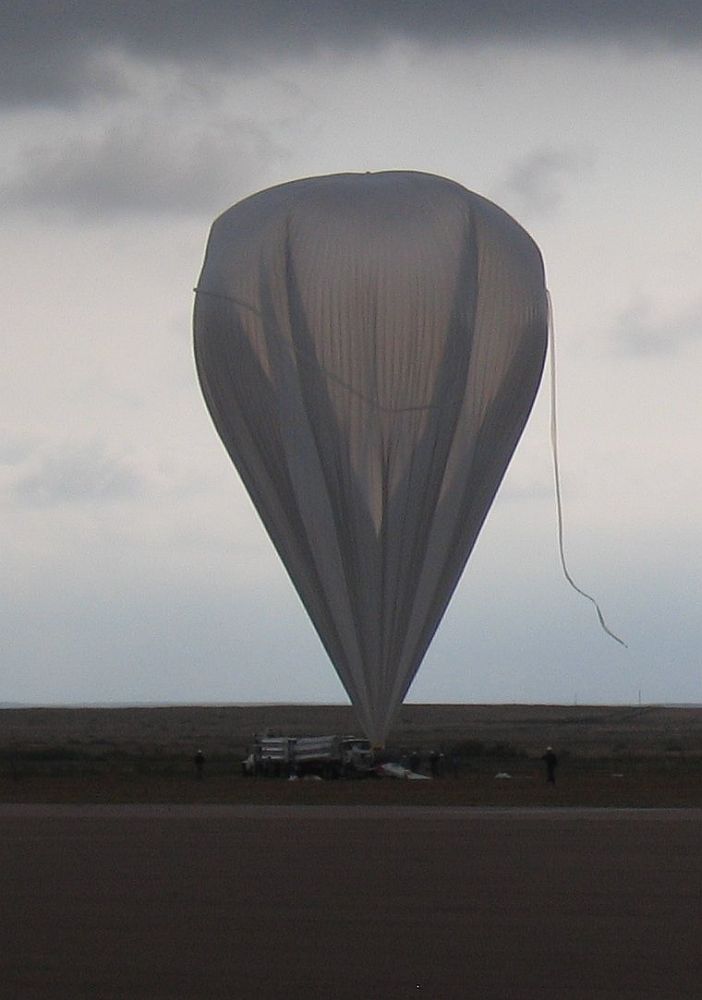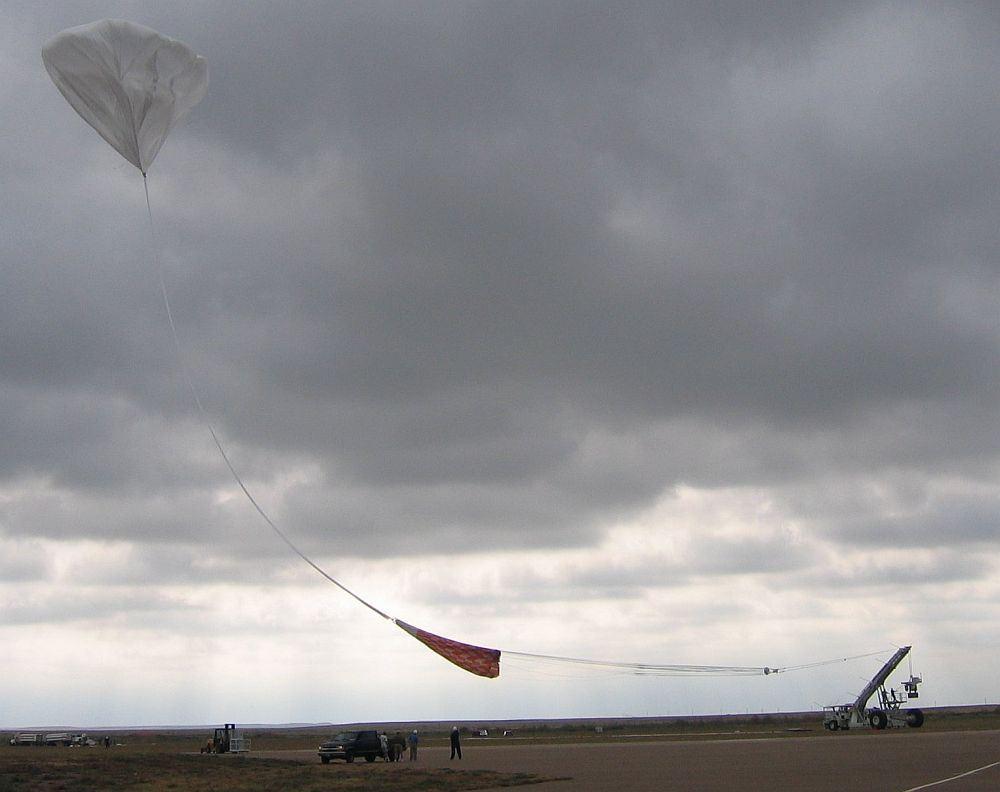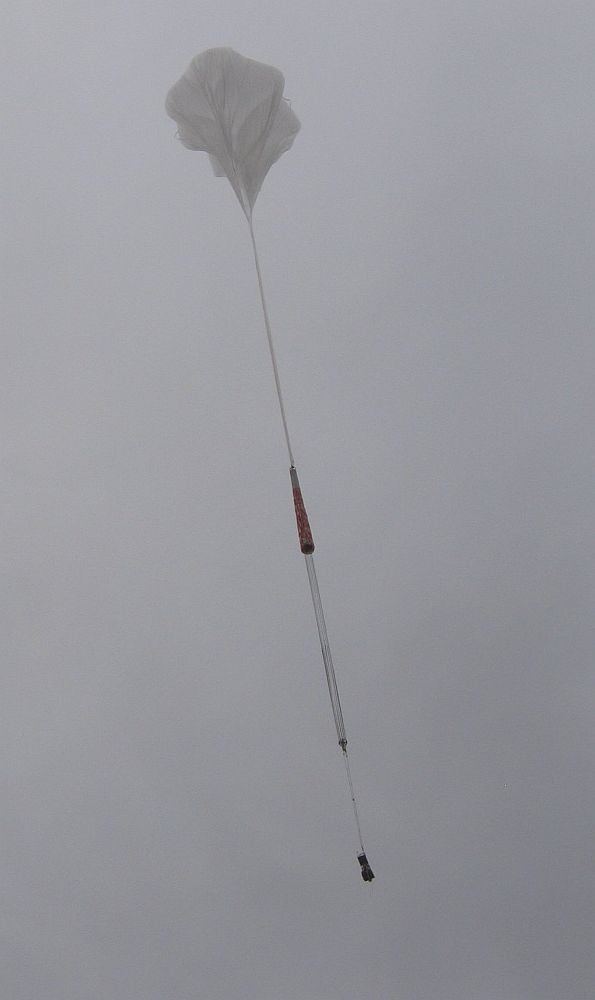Purpose of the flight and payload description
The objective of the flight was to perform a qualification mission for the Stratofilm SF-450 37H "Heavy" balloon. Measuring 37 million cubic foot of volume the balloon is designed to transport heavy payloads up to 8.000 pounds. As it was a technological flight, the flight transported no scientific payload. Instead, a specially built gondola knicknamed "thunderbird" was used to carry enough ballast to simulate the heavy payloads the balloon is meant to carry on. Also a full set of cameras and sensors were located in the gondola to study the behaviour of the balloon in flight.
Details of the balloon flight
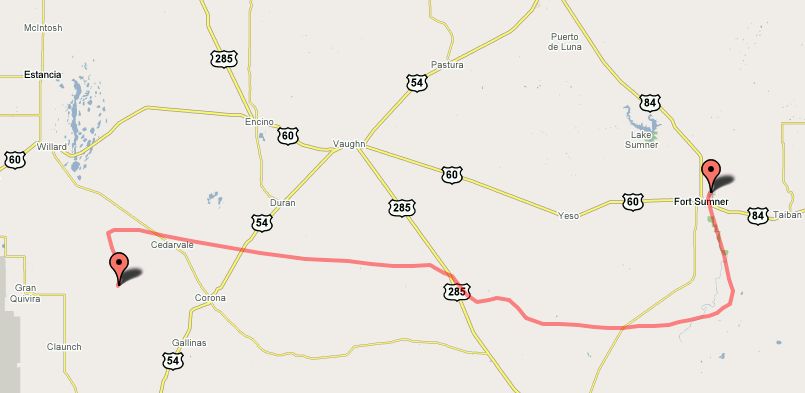
Balloon launched on: 8/30/2007 at 15:10
Launch site: Scientific Flight Balloon Facility, Fort Sumner, (NM), US
Balloon launched by: Columbia Scientific Balloon Facility (CSBF)
Balloon manufacturer/size/composition: Zero Pressure Balloon Raven - 36.730.000 cuft (Stratofilm 450)
Flight identification number: 572NT
End of flight (L for landing time, W for last contact, otherwise termination time): 8/30/2007 at 19:17
Balloon flight duration (F: time at float only, otherwise total flight time in d:days / h:hours or m:minutes - ): 5 h 52 m
Landing site: 80 miles W-SW of Fort Sumner, New Mexico, US
Payload weight: 6000 lbs
The balloon was launched by dynamic method assisted by launch vehicle on August 30 at 15:10 UTC. After a nominal ascent phase the balloon started to flight due west as can be seen in the map at right (click to enlarge). After a total flight time of 5 hours, 50 minutes, the balloon was terminated approximately 80 miles SW of the launch base. Recovery of the payload and balloon was completed on August 31.
According to the post flight report of the agency, the mission was an operations and science success, exceeding all preflight minimum requirements for the balloon and all test articles. The balloon performance was within specifications for inflation, launch, ascent, entry into float, and in float stability.
The termination used normal termination procedures, with the test ripstitch system operating in-line. The on-board video showed that the ripstitch system significantly reduced the parachute opening shock. The parachute was successfully separated by the SAPR (semi-automatic parachute release) system operating in the on-line mode, with the GAPR system also operating successfully in an off-line mode in parallel with the SAPR.
External references
- Balloon Program Office Wallops Flight Facility
- Balloon Launches Inside Wallops - Volume XX-07 Number 33 (PDF)
2700If you consider this website interesting or useful, you can help me to keep it up and running with a small donation to cover the operational costs. Just the equivalent of the price of a cup of coffee helps a lot.

